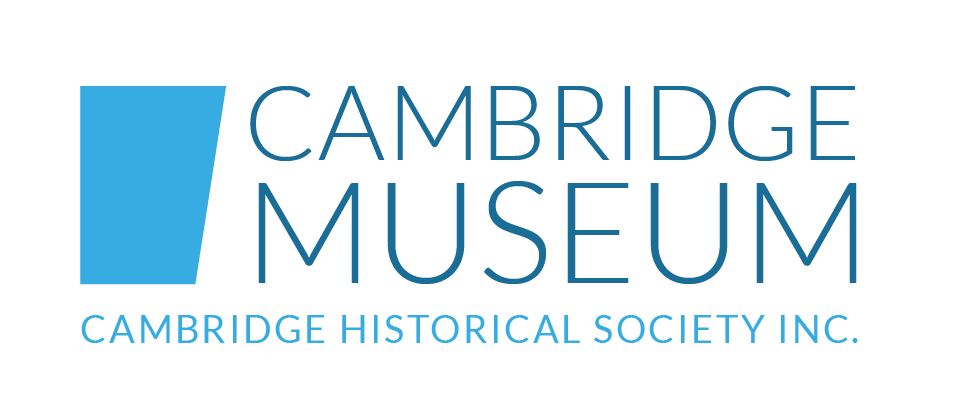Collections
Our Cambridge Collection has changing exhibitions about Cambridge. Much of our collection is in storage to ensure its preservation for future generations.
Cambridge Collections
Te Waikato Sanatorium

Te Waikato Sanatorium provided care for tuberculosis (TB) patients and convalescing servicemen between 1903 and 1922. The sanatorium was located on a hill called Pukemako (later known as Sanatorium Hill) near Cambridge.
The main building was a grand homestead originally built for the family of Daniel Thornton, who had owned the surrounding land. In September 1902 part of the Thornton’s Maungakawa Hill property was sold to the Government for the sum of £4000. There they established the first open air sanatorium for TB sufferers in New Zealand. The Thornton home was now officially Te Waikato Sanatorium.
Cambridge already had a reputation as a resort for TB sufferers. The climate was drier than in other parts of the North Island, and meteorological instruments were used by the Chief Health Officer to prove the case. “It is difficult to imagine more magnificent scenery”, he said of the property when reporting his results to the Health Department.
Some work had to be done to get the property up to speed. The road had to be upgraded. Ruts and holes had to be levelled and bound with gravel and clay, and three of the worst hills were upgraded and improved.
Although the house was large, two wings were added for the administration block. Oil lamps were used at first but later replaced by electricity generated on the property. The water supply was a problem, but the Government solved this by building a reservoir on a rise 40 feet above than the sanatorium.
Te Waikato was to supply a desperate need in New Zealand and many sufferers saw salvation there. The Department of Health was besieged with applications. So pressing were the demands that the first patients were admitted in December 1902, twelve months before the hospital was officially opened. They were housed in tents pending the erection of wooden shelters. Once completed, the one-bed shelters (11′ x 9′) could be opened on three sides and were roofed in stained shingle. One of them revolved so it could be turned away from prevailing winds.
Te Waikato Sanatorium was officially opened on 11 December 1903 by Sir Joseph Ward. At that time, only 30 patients could be accommodated. It was obvious from the number of applications that this was inadequate. Soon 60 and then 160 were undergoing treatment annually. The treatment and facilities were particularly suited to the treatment of early cases and the time limit for treatment was six months except under special circumstances.
The Matron, Miss Annie Rochfort’s experience and foresight was invaluable. In addition to nursing and housekeeping, she organised the furnishing, bookkeeping and correspondence and supervised the gardening and farming operations. Miss Rochfort introduced handcrafts to her patients – now known as occupational therapy. Later a house steward was appointed to carry out the day-to-day running. Mr Clifton saw to the dairying side of operations. Patients who were fit to work helped to build a workshop for themselves. They turned out many useful articles, including beehives and nest boxes made from kerosene cases, as well as mending furniture.
The first medical officer, Dr Roberts of Cambridge was conscientious and devoted to his duties at Te Waikato. But he also had a private practice in town and was very busy. For this reason, Dr Penreath replaced him in April 1904 as the first resident Medical Superintendent. A house was built for him a quarter of a mile from the sanatorium.
During World War One (1914-1918) Te Waikato accommodated convalescent servicemen. To simplify administration, Te Waikato (100 beds) was restricted to men, and the Otaki Sanatorium (34 beds) to women.
Occupational therapy carried on under Matron E Brown and Colonel G M Scott the medical officer.
Many old diggers recall the good deeds of the “marvellous Cambridge ladies” — the cardigans and socks they knitted, the baskets of fruit and in particular the ‘strawberry days’. Cambridge people entertained the patients with concert parties.
In 1922 Te Waikato closed its doors because
- The site was difficult to access
- The buildings were out of date and would cost too much to upgrade
- The Department’s officers were “rather against sanatorium treatment”
- The cost of running the sanatorium was excessive.
In the Waikato Times 9 June 1922 J R Fow and Co Ltd listed the items put up for auction at the sanatorium. Included were – 1 two-storey house containing 25 rooms with large verandahs, a large number of hutments 11′ x 9′ and 33′ x 11′, an electric light plant, kerosene engines, implements and vehicles — from a nine seat coach, a konaki and a pig cart, to horse clippers, covers and farm tools. A thousand lots of furniture were up for sale, including some very old English bedroom furniture, 50 hospital beds, chairs, gramophones, wheelbarrows, bee coloniess and commodes.
The Russell Ward and four large shelters were removed and re-erected to form the Sunshine Ward at the Waikato Hospital. The band rotunda is also in the Waikato Hospital grounds.
Now only one small concrete building is left from Te Waikato Sanatorium on the hill.
To read more about the soldiers at Te Waikato here https://cambridgemuseum.org.nz/soldiers-at-te-waikato-sanatorium/.
There is also an article on the Thornton family here https://cambridgemuseum.org.nz/thornton-family/
